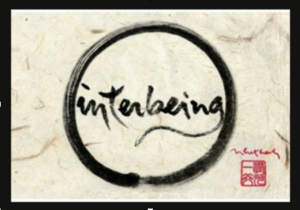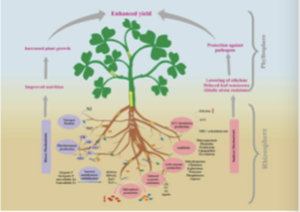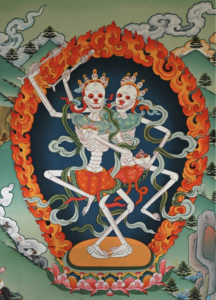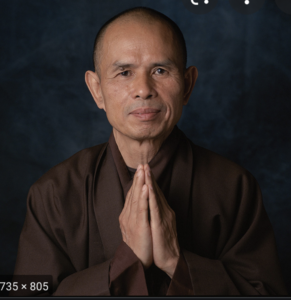iphone, eyephone, earphone
Monday, June 2nd, 2025Out at the river this morning, I found a purple flowering plant I’d not seen before. I took out the phone, clicked Google Lens, placed it near the blooms and tapped. A mosaic of pictorial links popped up identifying it as dog’s tongue.
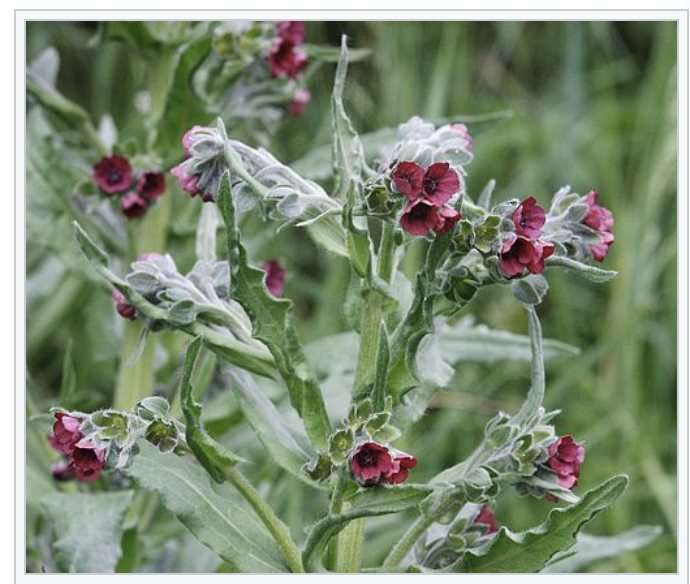
During her Friday Nature Journaling, Ann Marie demonstrated Merlin, the Cornell Ornithology Lab app I’ve had on my phone for over a year but never used. Identifying real time bird calls with the tap of a finger, it confers powers of an experienced birder upon a complete neophyte. Hear a bird call, even if faint or mixed with other ambient sounds, touch the button, the source with a name and a picture and a link to Wikipedia appears on the screen.
Yesterday morning, walking back from the river, my attention was arrested by a loud cheep originating in a blue spruce tree in the neighbor’s yard. I took the phone from my right pocket, opened Merlin, and tapped. When the next cheep came, there was American Robin. I showed it to the woman there watering her new sod, who’d never heard of the app. Out from the branches scampered the real robin, and cheeped again, both seen and heard. Next day the woman told me she’d downloaded Merlin and already shared it with several friends.
AI has been a topic of conversation among three generations during our visit. An essay in today’s NY Times by one of AI’s creators, acknowledging the ignorance about how it actually works and where it’s going, claims that AI will soon absorb most jobs in computer science. The author says that instead of learning coding and programming as has been recommended to young people for a generation, all students should return to an emphasis on liberal arts and math, since those fields develop capabilities that still are not available to this exploding new technology.
Counter to that, and also to my imagined literary conversations with Robert MacFarlane celebrating “The Old Ways,” I realized that the extension of senses created by Lens and Merlin heightening my physical and mental experience of nature demonstrates how far Artificial Intelligence has fused with its predecessor and taken up residence in my fingers and brain.

